The lasting social impact of fish and chips
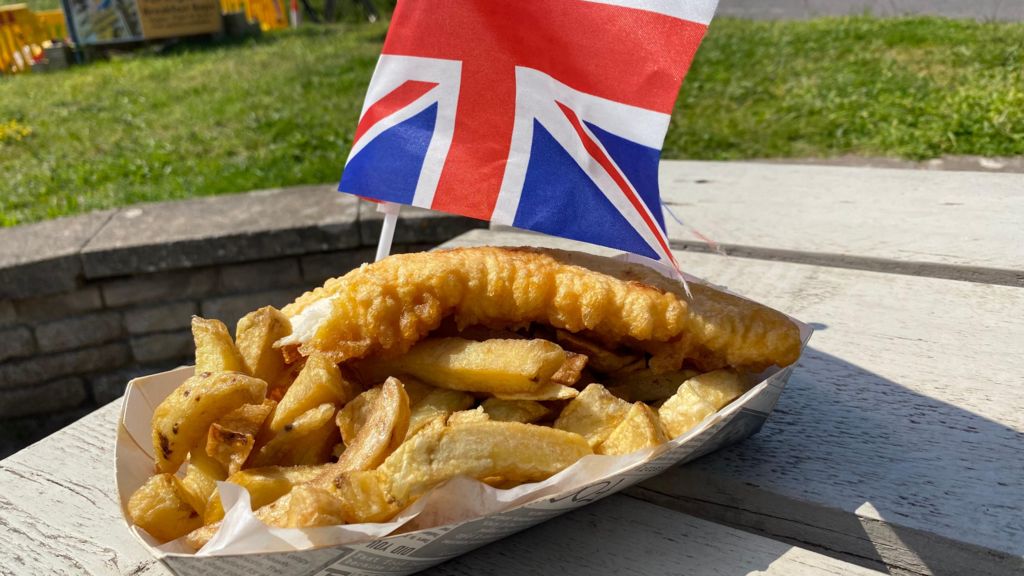
The role played by fish and chips in enabling women to run their own businesses is being explored in an exhibition.
Organisers have delved into an archive held by True's Yard Fisherfolk Museum, King's Lynn, and highlighted the role the shops played in society during their early years at the end of the 19th Century.
Gaynor Western, deputy manager of the museum in Norfolk, said many were set up as a supplementary income.
"Some shops even provided opening hours to suit their most popular and female customers’ domestic timetables," she said.
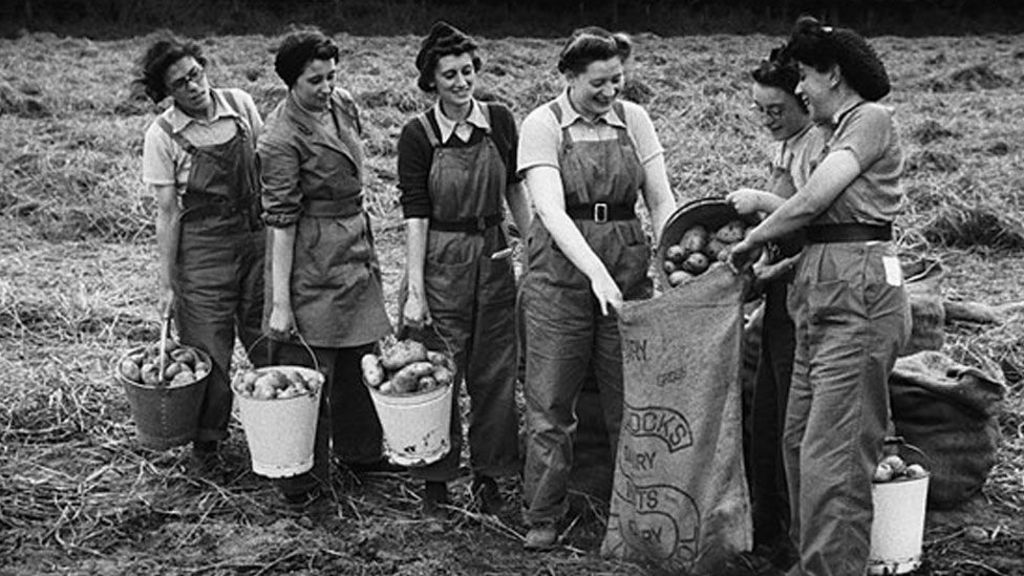
Miss Western said the Fish and Chips Heroes exhibition examined this connection.
"Women were not only permitted to open and run fish and chip shops on their own, women also queued side by side with men and children of all ages to buy their dinners," she said.
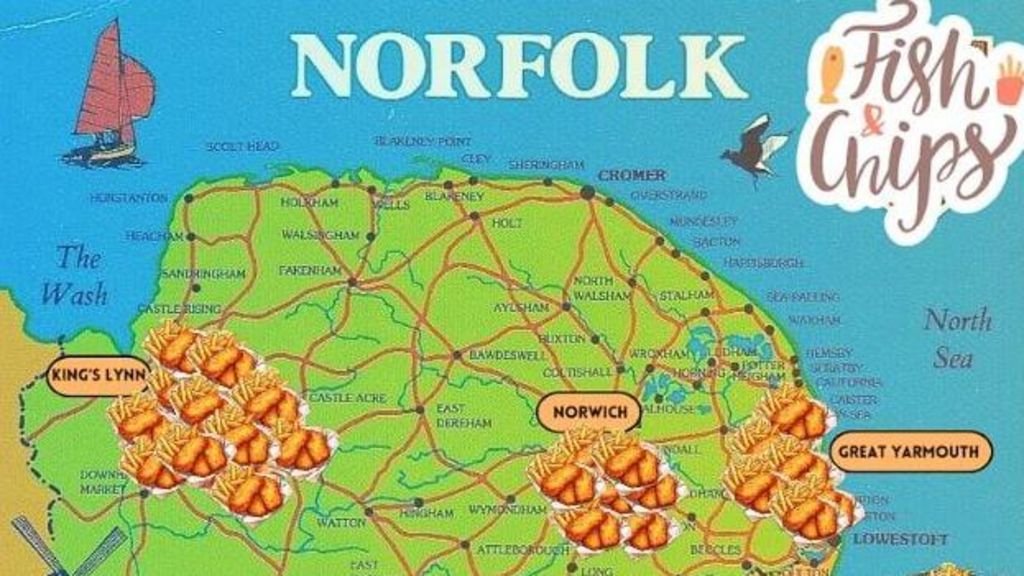
'Chippies' soared in popularity across Britain in the latter half of the 1800s.
To discover their impact on the town, researchers analysed local trade directories and newspaper clippings in the museum's Pat Midgley Research Centre, which holds 10,000 local historical documents, alongside digitised photographs.
"It's fascinating to learn that King’s Lynn was the fish and chips capital of Norfolk and how important the fish and chips movement was to supporting so many aspects of social life and historical events at a national level," said Miss Western.
By 1904, the town had five times as many fried fish dealers as Norwich and 12 times as many as Great Yarmouth.
"This is probably because Lynn was a busy port hosting many travellers, and also had a densely packed population who earned little, worked hard and needed good, cheap cooked food," Miss Western said.
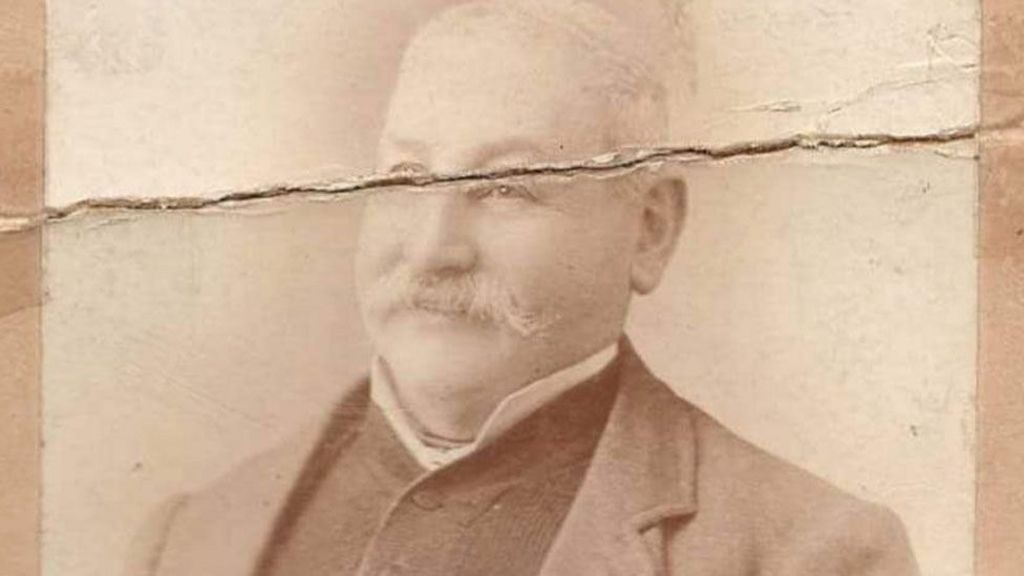
A history of fish and chips
Source: True's Yard Fisherfolk Museum
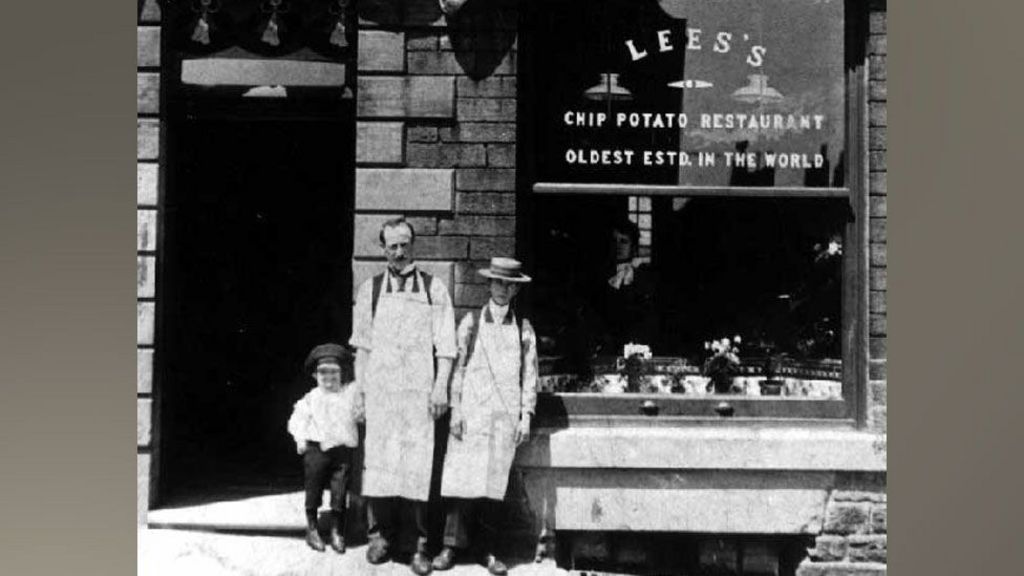
The town's first fish and chip shop appears to have been established by John Devonshire, while other early fried fish dealers included Noah Chilvers, John and Jessie Beaty and George Pickard.
One well-known King's Lynn "fish and chip hero" was Polly Goodson, of North End, "who helped many poorer local people through periods of hardship with her cheap and generous portions of a ‘piece and penn’th’".
"Standards of cleanliness often were not all that thorough and cockroaches were to be expected in Polly Goodson’s shop," Miss Western added.
Meanwhile, George Pickard's fish and chip shop, which was on Purfleet between 1904 and 1933, backed right onto a water channel, which was little more than an open sewer.
Miss Western said: “It’s a fun and thought-provoking exhibition about how something that we now consider to be an everyday source of fast food actually provided a vital source of nutrition during the wars, enabled women to run their own businesses and had a lasting social impact.”
Fish and Chips Heroes is at True's Yard Fisherfolk Museum until 31 August.
Follow Norfolk news on Facebook, Instagram and X. Got a story? Email eastofenglandnews@bbc.co.uk or WhatsApp us on 0800 169 1830
"lasting" - Google News
May 25, 2024 at 02:30PM
https://ift.tt/edXtpJ6
Fish and chip shop rise has lasting impact on King's Lynn - BBC.com
"lasting" - Google News
https://ift.tt/fePjW81
Shoes Man Tutorial
Pos News Update
Meme Update
Korean Entertainment News
Japan News Update
Bagikan Berita Ini














0 Response to "Fish and chip shop rise has lasting impact on King's Lynn - BBC.com"
Post a Comment